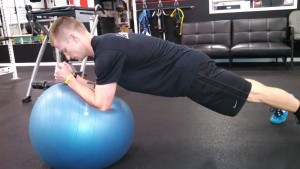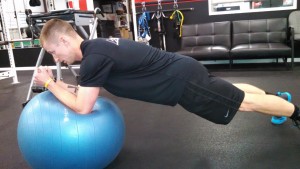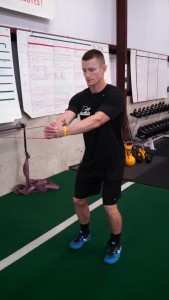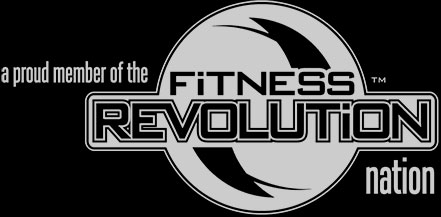When observing what we do in a given hour with our clientele at Adrenaline Sports & Fitness, you will notice that we often do not practice “conventional” core exercises such as crunches, sit-ups, etc. In other words, flexion – dominant core exercises. Why not? What else could you possibly do to achieve an 8 pack of pure sexiness?
Let’s kick things off with our definition of the “core”. When the average Joe/Jane thinks core, they think the almighty six pack, or just our abdominal muscles. To keep it simple, we break up the core into 4 major muscle groups, but there are many additional smaller groups involved. There are those on the posterior (back) which include the gluteals and spinal erectors, and those on the anterior (front) which include the abdominals (rectus abdominus, transverse abdominus), lateral aspect (internal/external obliques) and our hip flexors. Again, there is much more to it than what I previously listed, but we will keep this simple. We break our exercises up into 3 major categories as well: anti-extension, anti-rotation, anti-lateral flexion.
So why not do crunches and sit-ups? The biggest issue is how they can reinforce poor posture. Many of our adult clientele, and certainly our entire youth population, are sitting for much of the day in a somewhat slouched position with the shoulders protracted and lumbar spine stuck in flexion. This puts a tremendous amount of stress on our spinal discs within the lumbar spine and there are indications it can lead to back pain, poor breathing habits and digestion, poor mobility and possibly disc herniations among other pathologies stemming from poor posture. While crunches and sit-ups are not bad, per se, they compound more flexion movements of the spine.
So, what exercises do we implement? The answer is we focus on core stabilization exercises such as the numerous plank variations, stability ball rollouts, walkouts, the various medicine ball slams, etc. We aim to reinforce good posture and stability within the core. Next will be three of our regular exercises exemplifying anti-extension, anti-rotation, and anti-lateral flexion.
Stability ball rollout (anti-extension). Emphasis here is on engaging not only the abdominals (rectus and obliques), but the glutes as well, creating maximum tension. We also want to make sure the hips move as little as possible. A great cue here is to imagine a glass of water on your low back which we are trying not to spill.


Band lateral brace (anti-rotation). Our goal with anti-rotation exercises is to have no rotation at the lumbar spine. Feet should be no wider than shoulder width apart. We want a tall posture and to engage the glutes.

Single arm side carry (anti-lateral flexion). This can be used with a dumbbell or kettle bell or any heavy object. The focus here is again on maintaining a stable, tall posture not allowing the weight to pull you down to one side. We also don’t want to overcompensate to the non load bearing side. We are moving with this exercise at a normal walking pace.

In summary, when done correctly, all of these exercises will hit virtually every aspect of our core. There’s nothing fancy about what we do, and is every bit as effective as some fancy infomercial you came across promising a miracle core in just days by using their machine [icon name=”smile-o” class=””]
Is there a place for crunches and sit-ups? Sure. As long as you can tolerate them and have absolutely no pain while doing them. But, they are a distant second to the plethora of “anti” exercises that seem to more tolerable and mimic the core’s function of connecting the lower and upper body.

